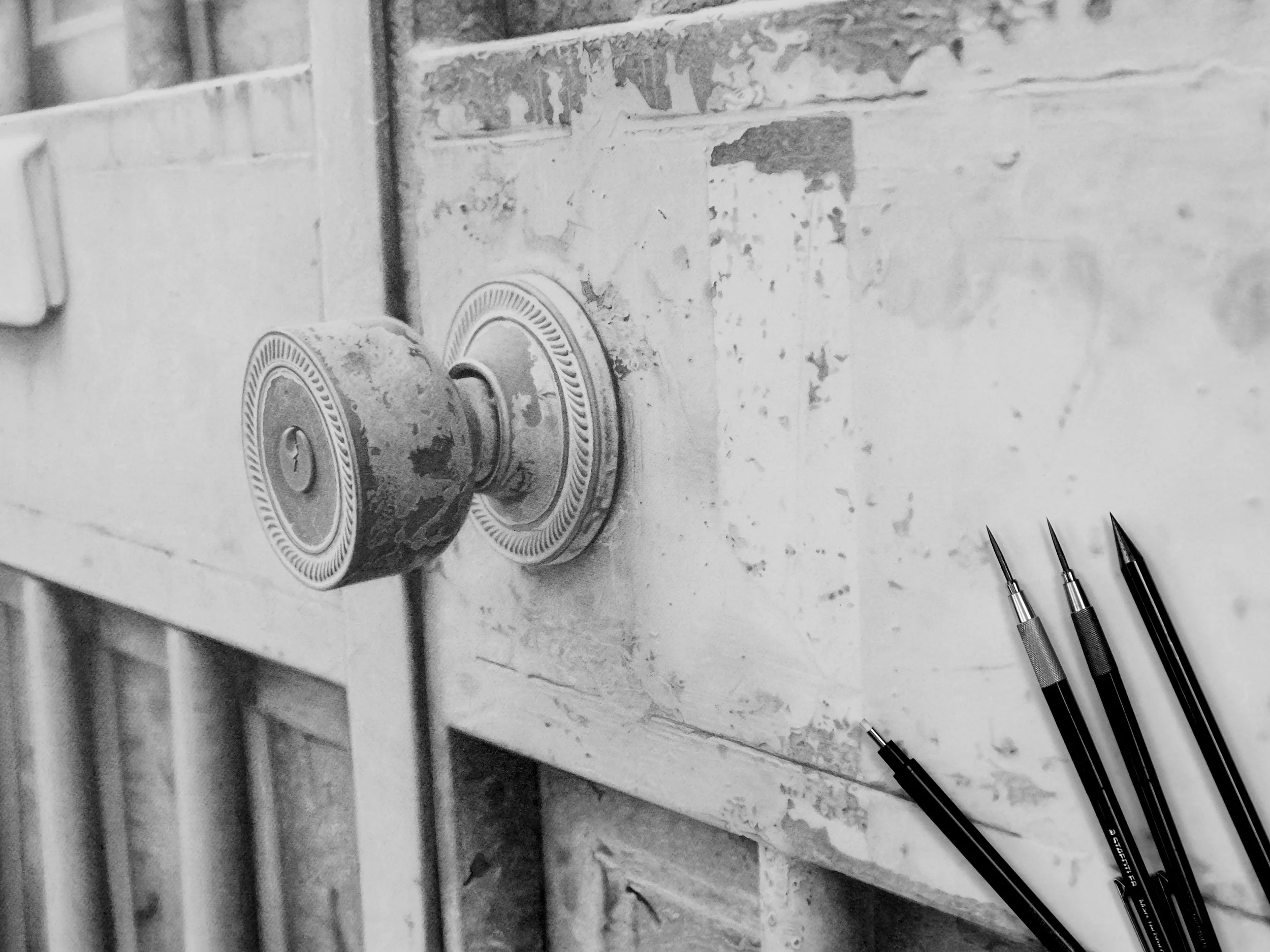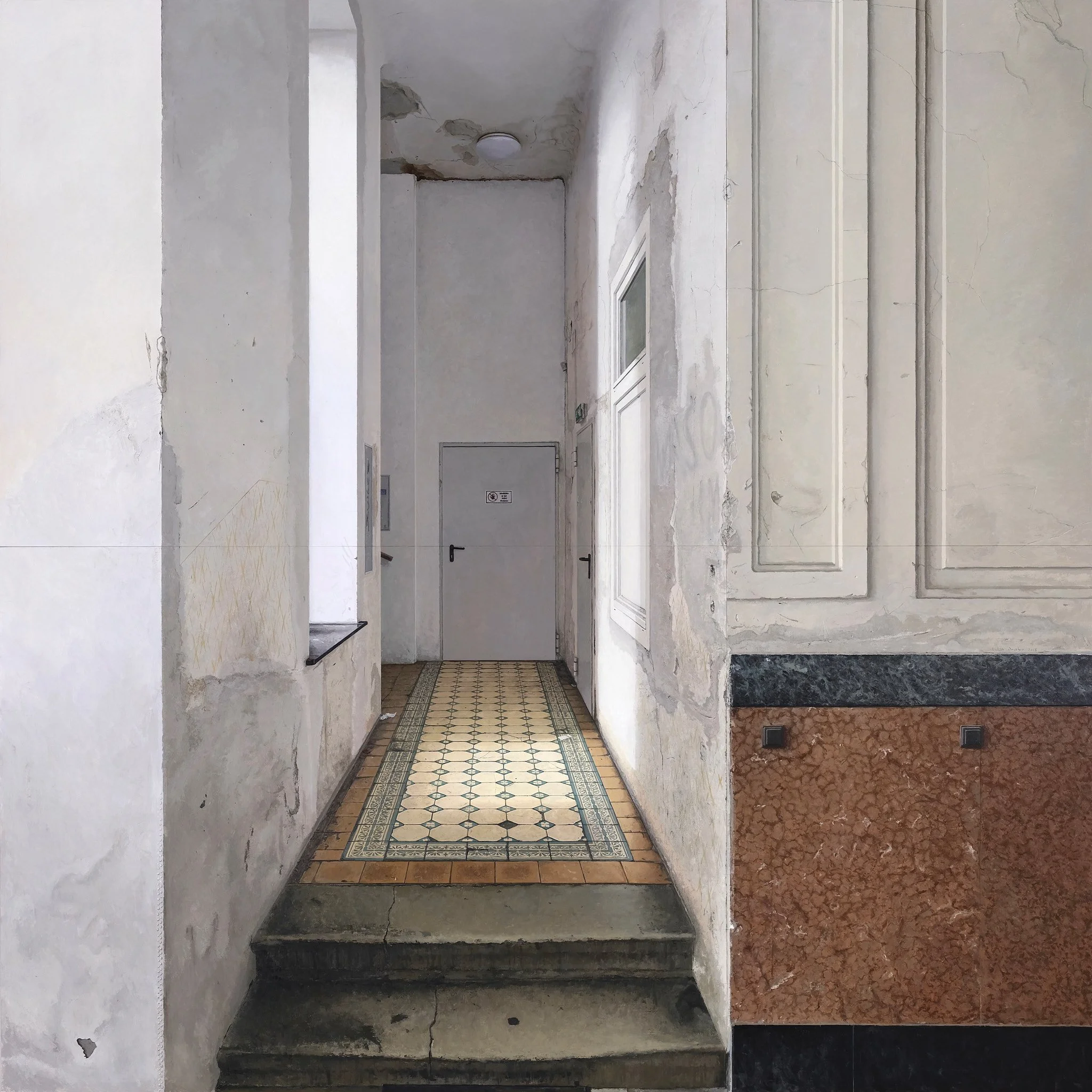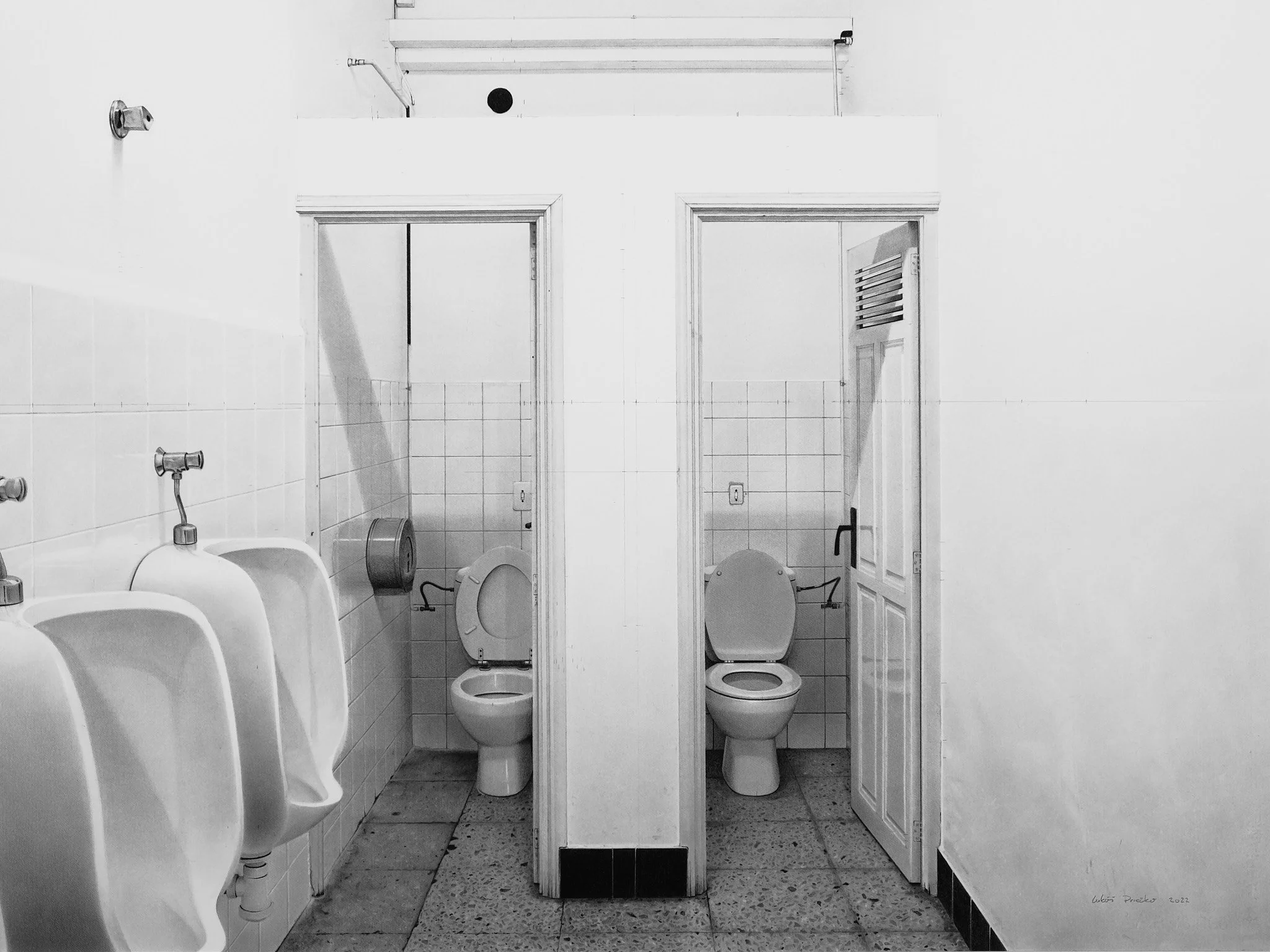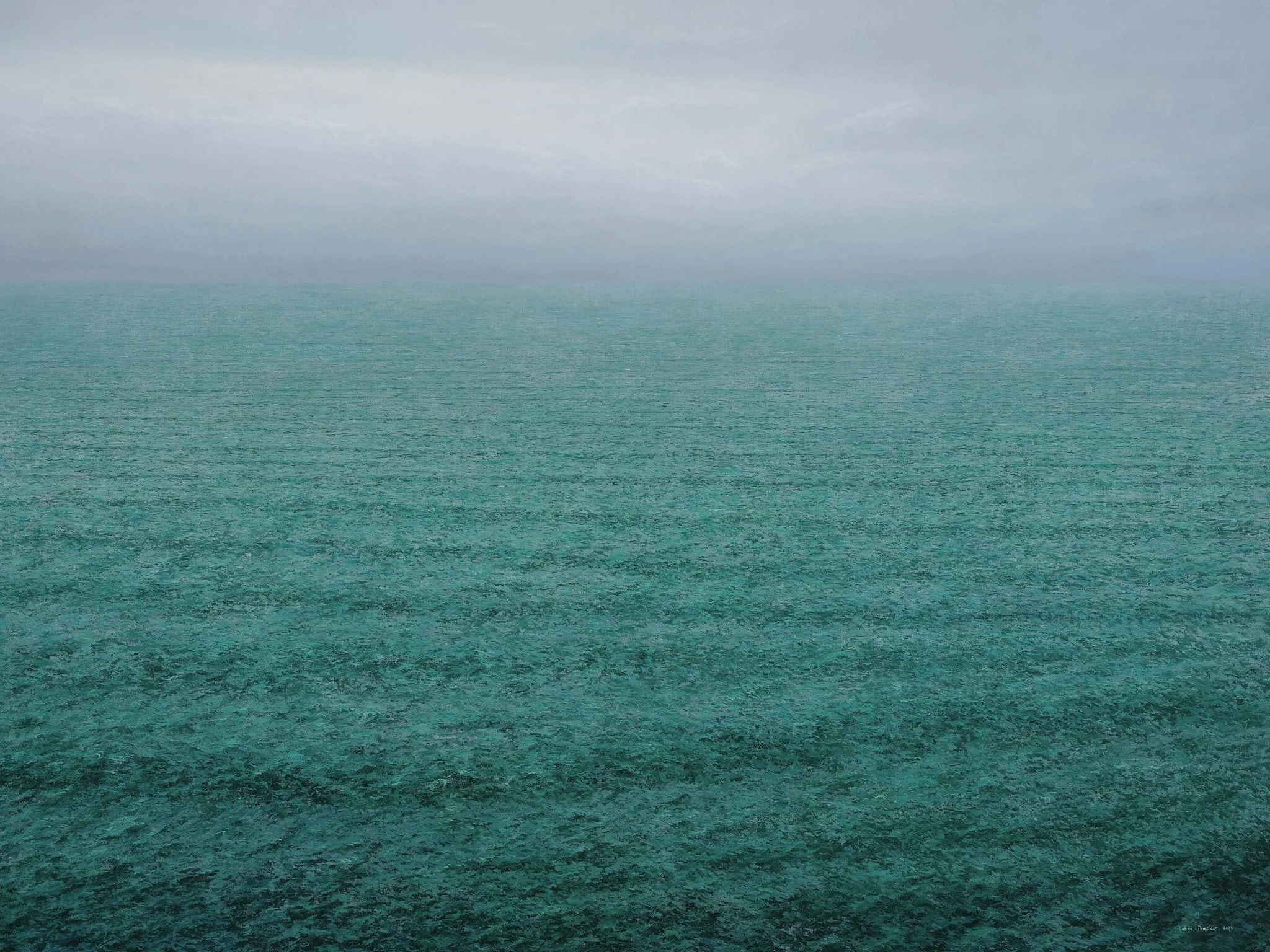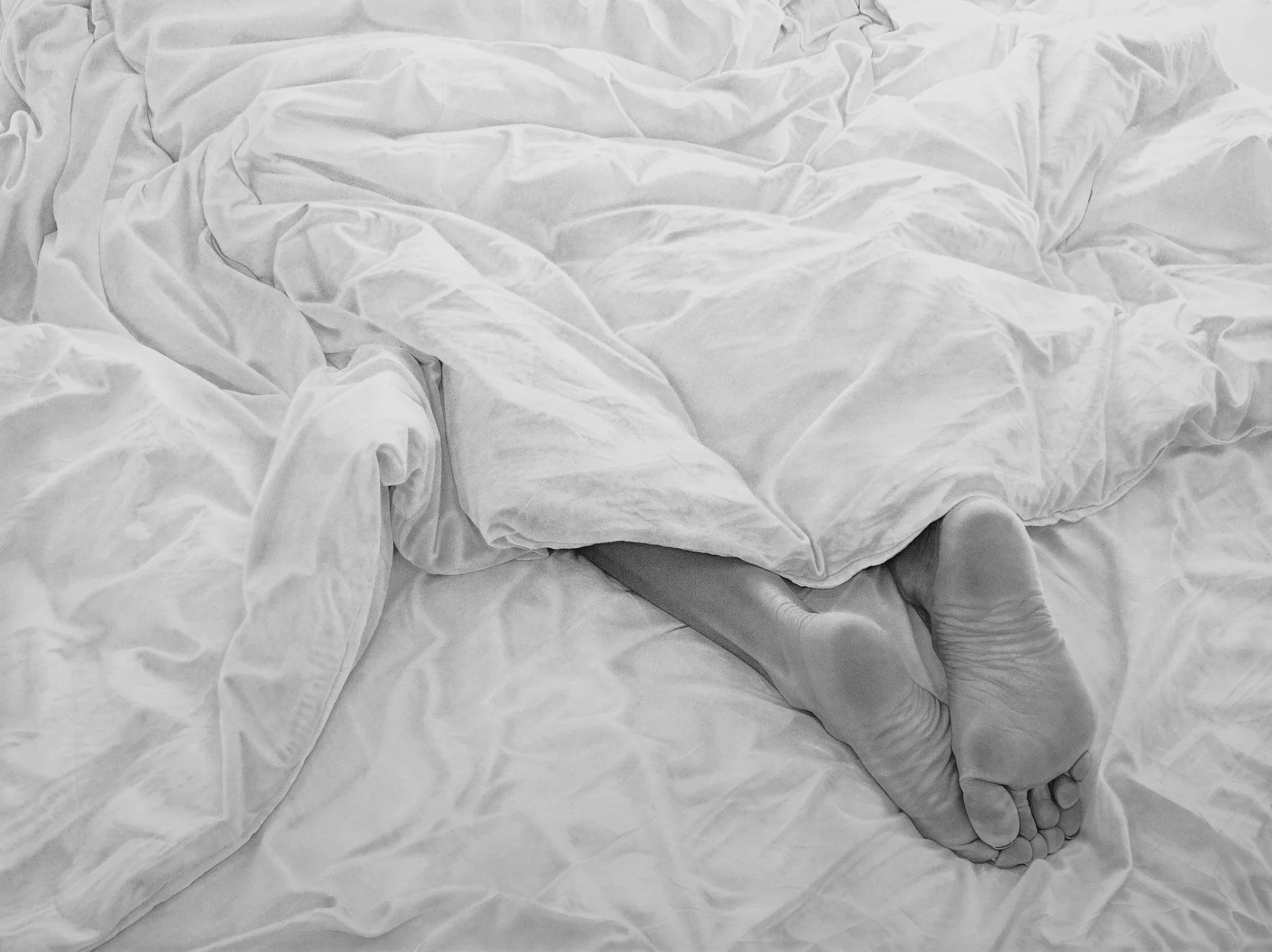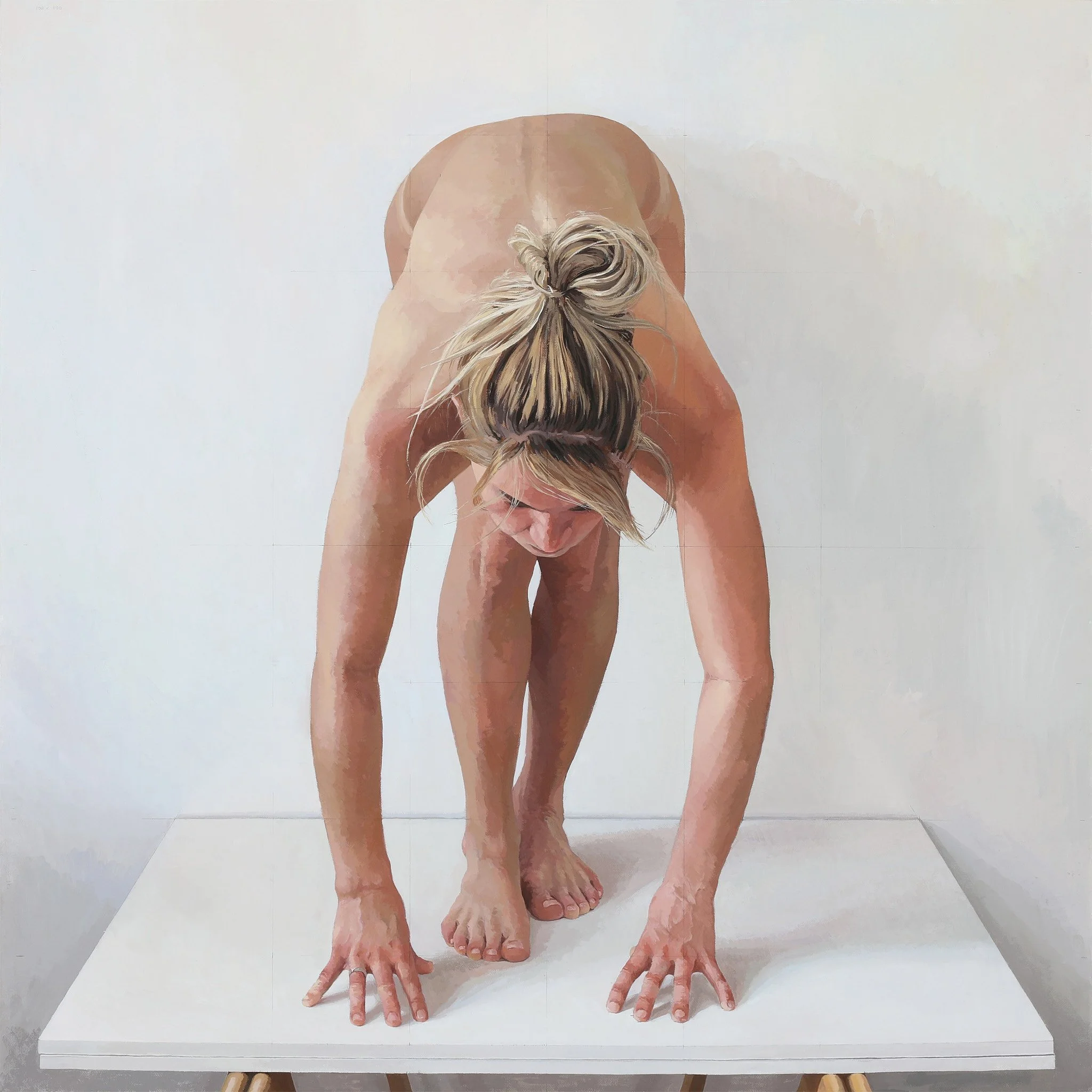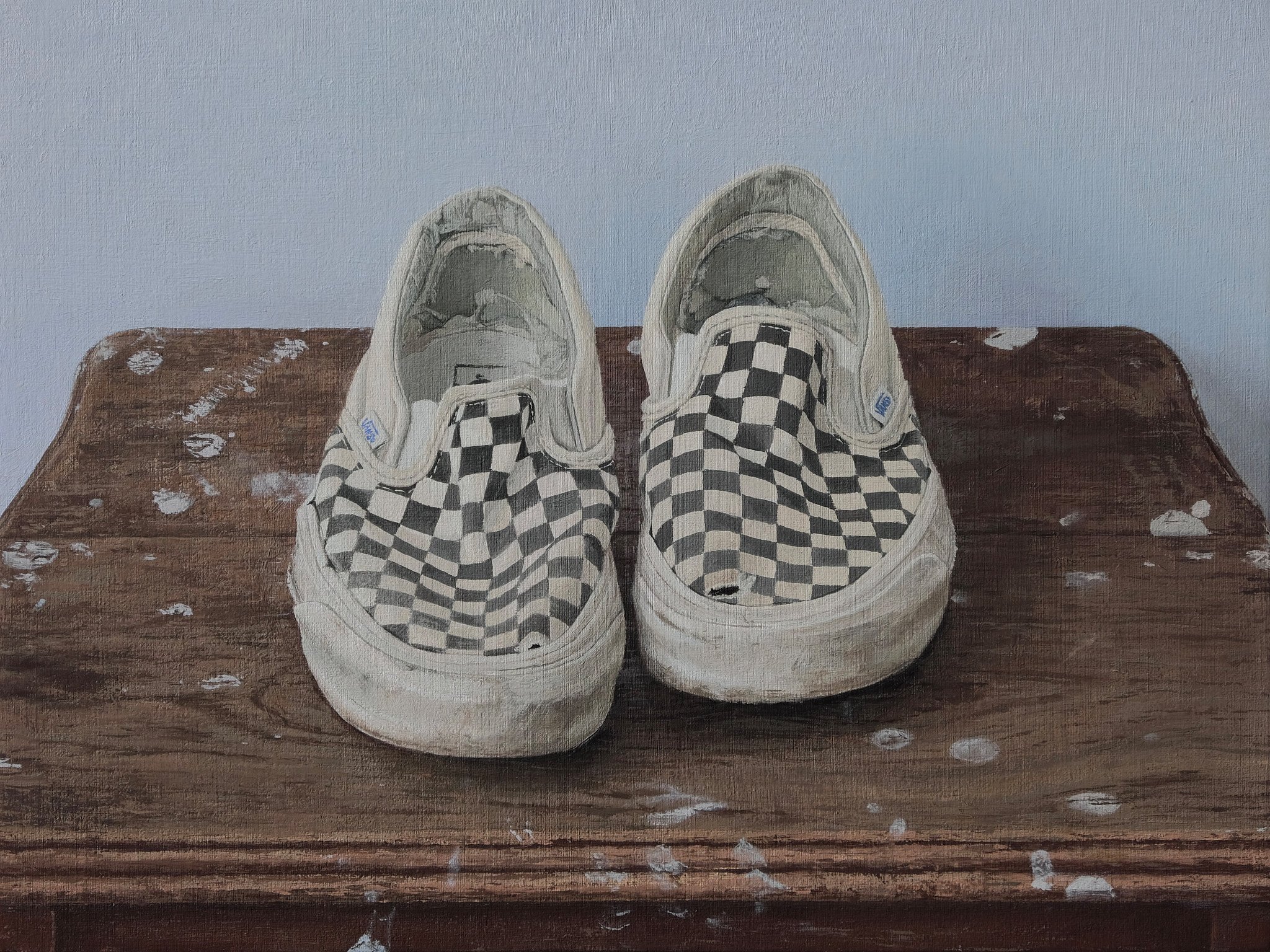
Can you please introduce yourself and tell us about your background as an artist?
My name is Lukáš Priečko and I’m an artist from Slovakia, currently based in Žilina. I originally studied industrial design, which gave me a strong foundation in drawing and visual thinking. Over time, I realized that painting is the most natural way for me to express ideas, emotions, and the way I see the world. What started as a technical discipline slowly turned into something much more personal and intuitive. For me, realism isn’t just about accuracy, it’s about honesty. I try to capture the quiet tension of everyday life, the beauty hidden in stillness or ordinary spaces. Painting helps me slow down and connect with what’s beneath the surface, both in the world and within myself.
What first drew you to realism in oil painting, and how has your style evolved over time?
From the very beginning, during my school preparations and throughout my studies, I was constantly improving my skills in realistic drawing. For me, realism is a language, a way of expressing myself that feels natural and true to me. Of course, I experimented with different styles and techniques over the years, but trying to “speak” in another visual language never felt authentic to me. Realism allows me to communicate emotions in the most honest way I know. Over time, my approach has matured, I’ve become more intuitive, more focused on atmosphere and feeling, not just technical precision.
How do you choose your subjects, and is there a story behind one of your favorite works?
In many cases, my subjects choose me. They are often ordinary scenes or everyday objects, but something in them reflects my inner state, my thoughts, my perception of the world. What might seem mundane on the surface often carries multiple layers for me, sometimes even paradoxes. These images mirror both the essence of life and the complexity of the human mind. I’m drawn to scenes that quietly speak about something deeper, tension, stillness, vulnerability, or contradiction and through painting, I try to bring those hidden dimensions to the surface.
One drawing, titled The Toilets, actually has a funny story behind it. I came across the scene in a glass factory in Mallorca. The door to this small restroom was left ajar, and something about the light, the space, and the quiet absurdity of it immediately caught my attention. I instinctively pulled out my camera and stepped inside, assuming the place was empty, carefully looking for the perfect composition, when suddenly, I realized there was someone using the first urinal just around the corner. But he wasn’t in my frame at all, that’s why I didn’t notice him at first. He turned and looked at me, clearly confused and maybe even a bit alarmed, wondering why someone was photographing him in such a private moment. I was completely embarrassed, mumbled something unintelligible, and rushed out. From his perspective, I must have looked completely out of place, if not suspicious. Despite the awkwardness of that moment, the image stayed with me, not just visually, but emotionally. It represents that strange overlap between the everyday and the surreal, between beauty and discomfort. That contrast is something I often seek in my work.
Can you describe a moment in your creative process where something unexpected changed the direction of a painting?
My paintings tend to be quite complex, so I usually spend a lot of time planning them out in detail. But no matter how carefully I plan, there’s always an element of chance, of surprise, of things not going exactly as intended. So I’m constantly seeking a balance between control and spontaneity. The unexpected becomes part of the process, not necessarily dramatic shifts, but subtle changes in color, texture, or emotion that can guide the work in new directions. Every painting teaches me something, and with each one, I feel like I move forward, not just technically, but also in how I understand and approach the creative process.
Do you paint from life, photographs, or memory and how does that affect the emotion in your work?
I’m very open to use any tools or references that help me achieve the result I’m aiming for. I work both from life and from photographs, sometimes video recordings are useful too. It really depends on the subject. Not everything I want to paint can be painted live. I try to focus on subjects that I can experience directly, because my personal connection to them plays a crucial role in the creative process.
Of course, the source affects the final outcome. Painting from life brings a more organic, vibrant quality to the work, it feels more alive. Photographs, on the other hand, can be useful for capturing specific details or moments, but they tend to flatten the subject emotionally. I try to take what I need from each approach and always aim to translate my personal experience of the subject into the painting. That emotional truth is what matters most to me.
What’s one tool or technique in oil painting that you consider your signature or secret weapon?
My secret weapons? a chamois cloth and a palette knife. I can’t tell more, they are my secret weapons after all..... (laughs)
Outside of painting, what inspires you creatively — books, music, travel, or daily life?
Definitely travel, though that doesn’t always mean faraway places. Sometimes it’s just a quiet walk around my neighborhood, other times it’s a trip to a completely different country. I love wandering aimlessly through cities, with no destination in mind. There’s something about observing people, architecture, and unexpected details that sparks new thoughts. These small, unplanned experiences often find their way into my work.
How did you develop such a high level of realism in your oil painting style?
I wouldn’t say I’ve achieved a high level of realism, at least not in the hyperrealistic sense. I know many artists whose works are almost indistinguishable from photographs or reality itself, but that has never really been my goal.
In my own work, the details are quite organic, there’s a looseness and imperfection in the brushwork when you look closely. But from a distance, the image feels very real and alive. That’s the balance I’m constantly looking for: between imperfection and precision, between suggestion and clarity. For me, realism is not about copying reality, but about creating a version of it that feels emotionally truthful.
And to finish something to add
Thank you so much for the opportunity to share my thoughts and my work. It’s always a meaningful experience to reflect on the process and speak about what’s behind the surface of the paintings. I truly appreciate your interest and the space you’ve given me to express myself. Conversations like this remind me why I paint in the first place.
(from interview with www.elrincondelasboquillas.com)
Lukáš Priečko (born 1986 in Čadca, Slovakia)
2005-2009 TU Zvolen, Technical University, Faculty of Wood Sciences and Technology
(Bachelor’s degree, Bc., Furniture Design and Manufacturing)
2009-2011 VSVU Bratislava, Academy of Fine Arts and Design
(Master of Arts, Mgr. art., Industrial and Product Design)
2009 7th International Design Award by Hettich,1st place, Transfoarmchair
2021 Figurativas 2021, Barcelona, Spain, participant
2022 Naozaj, Gallery Tri Steny, Žilina, Slovak Republic, solo exhibition
2024 Honorable Mention in The Almenara Art Prize 2024 for “The Laundry Room” artwork

